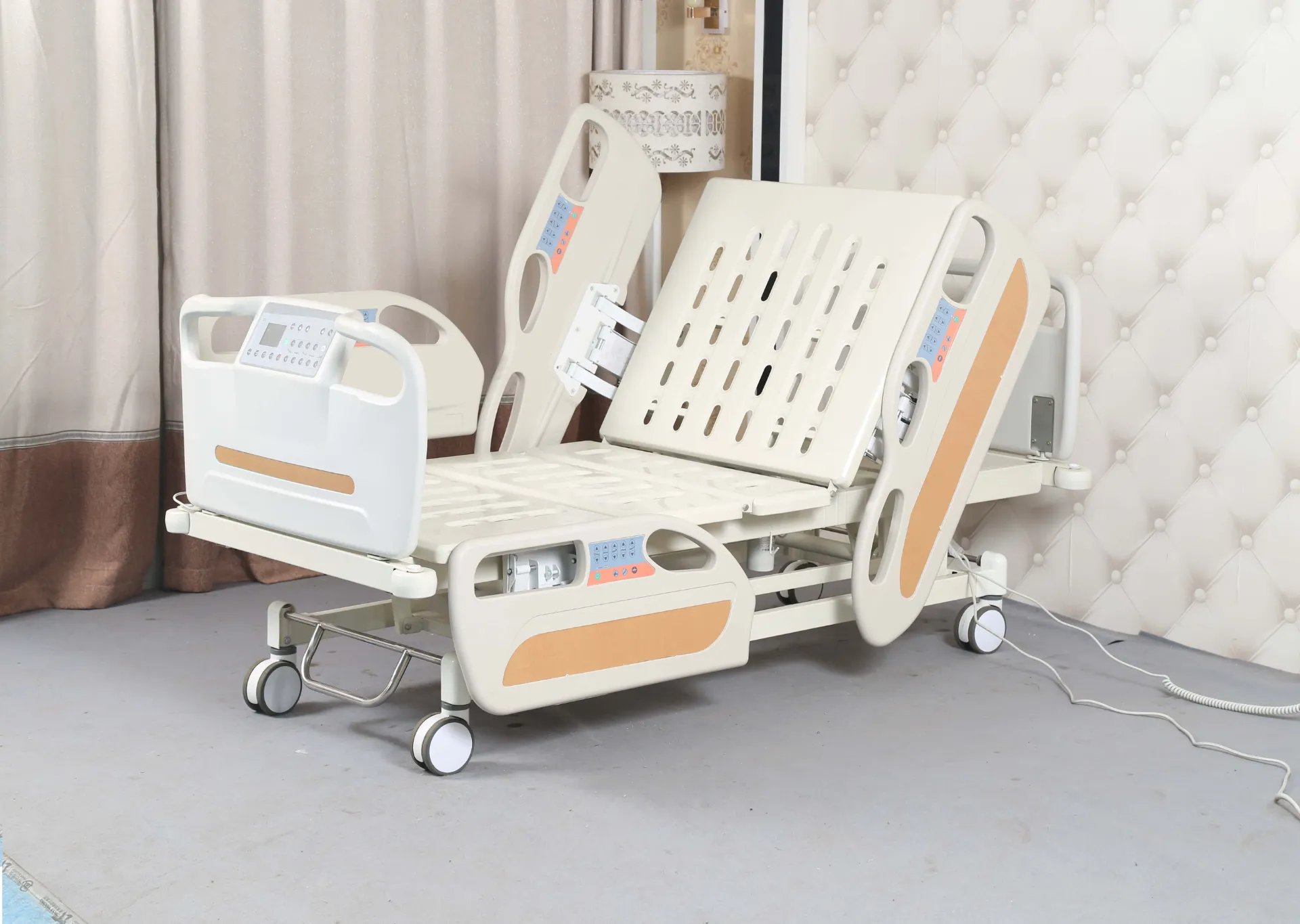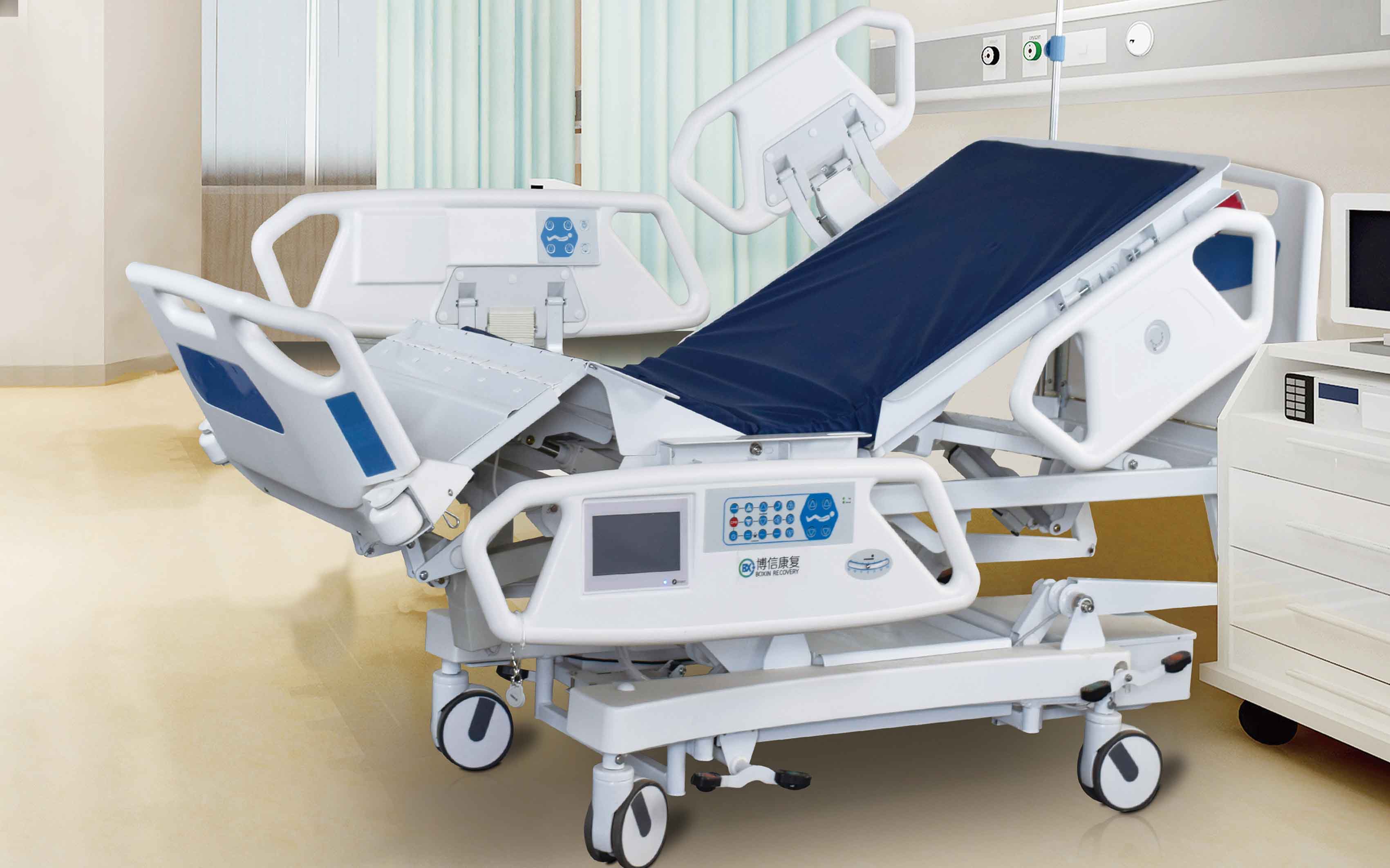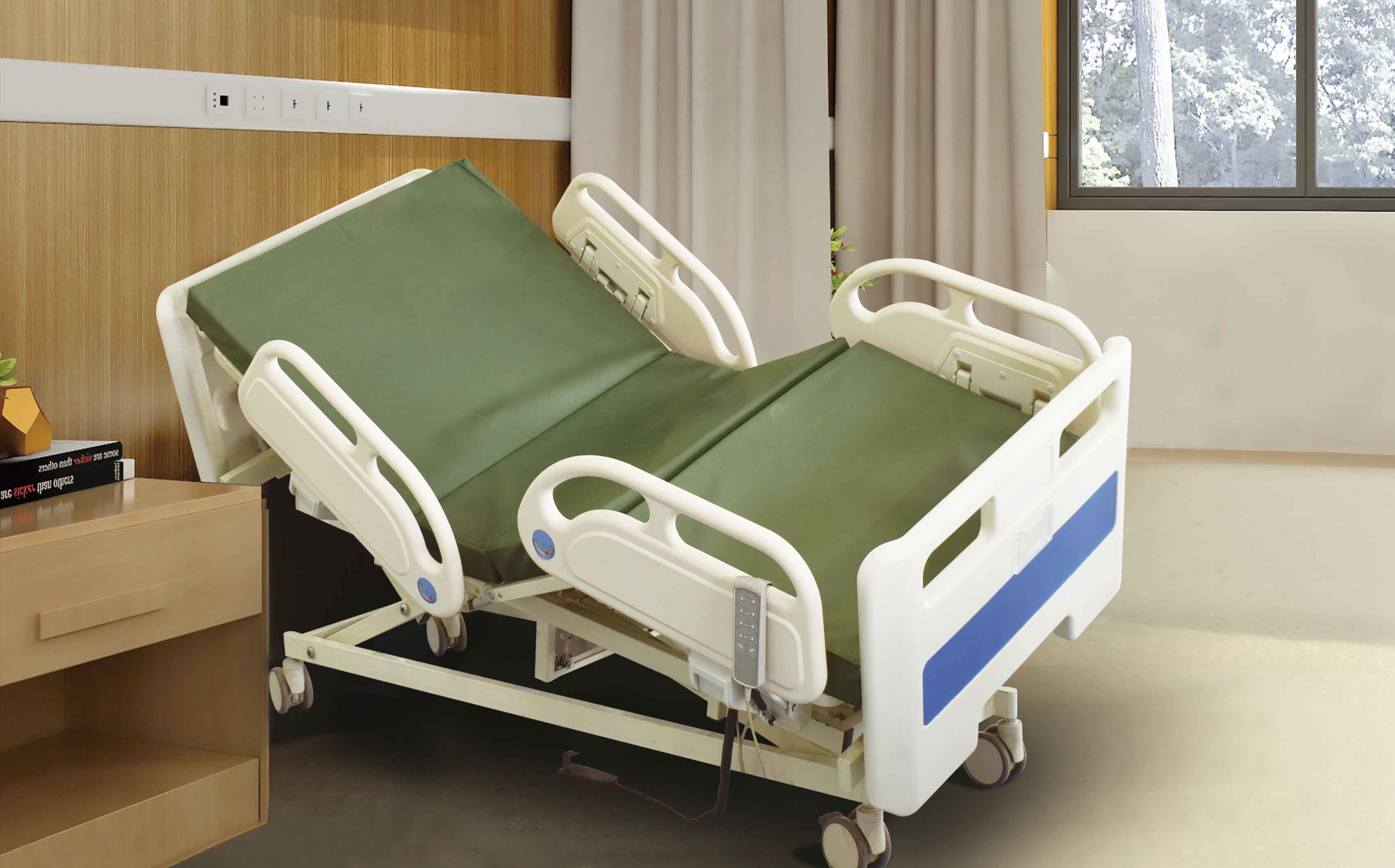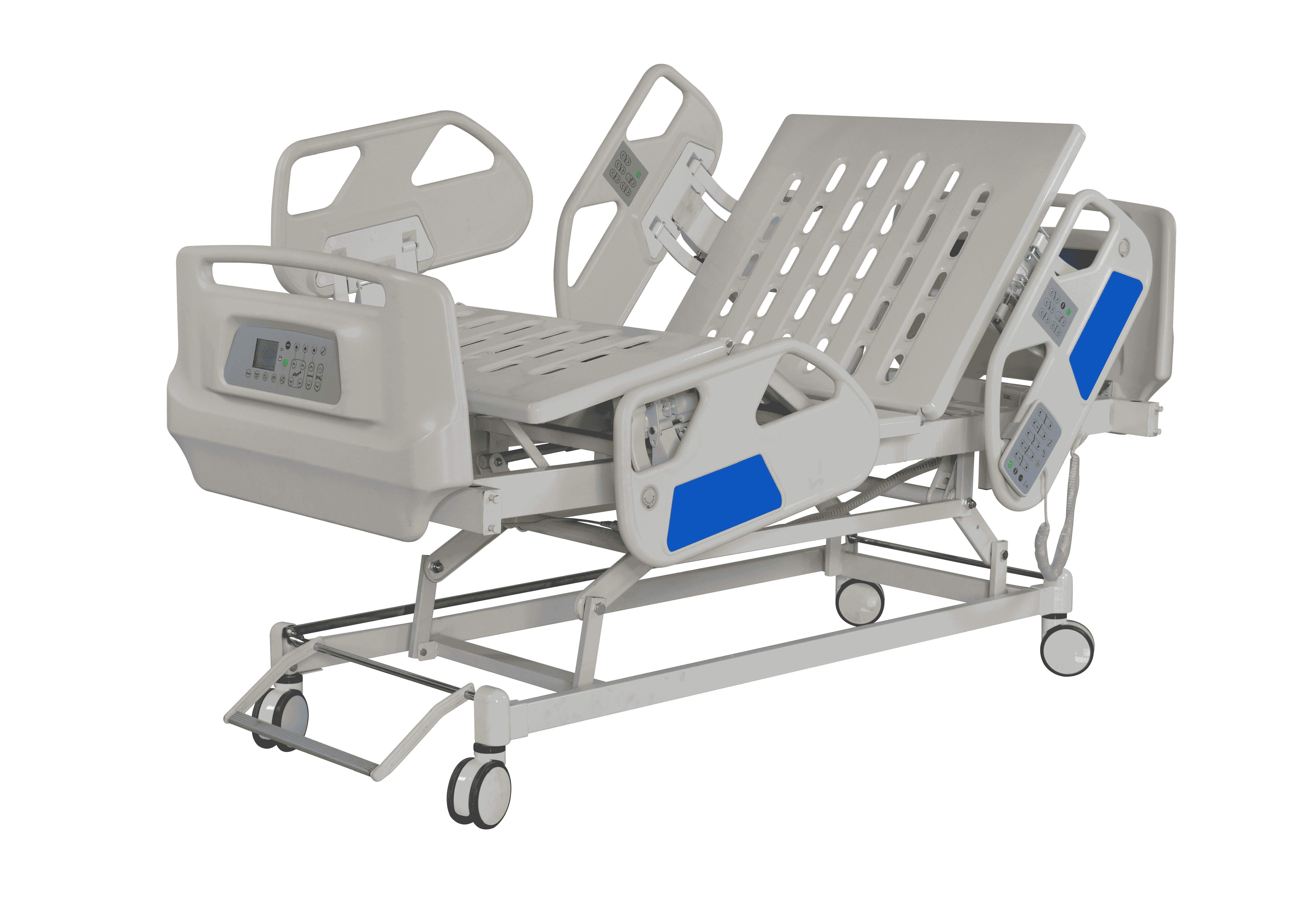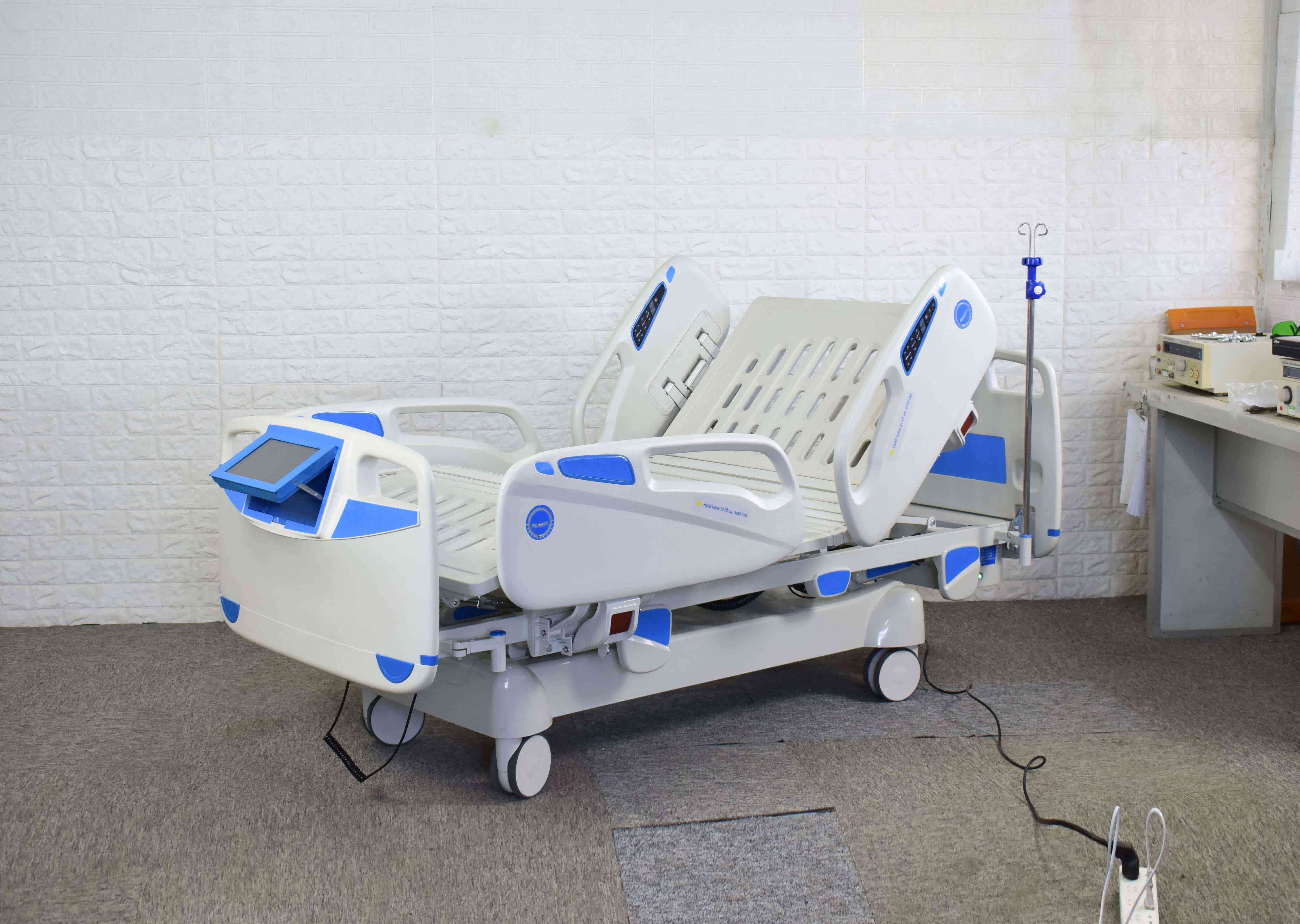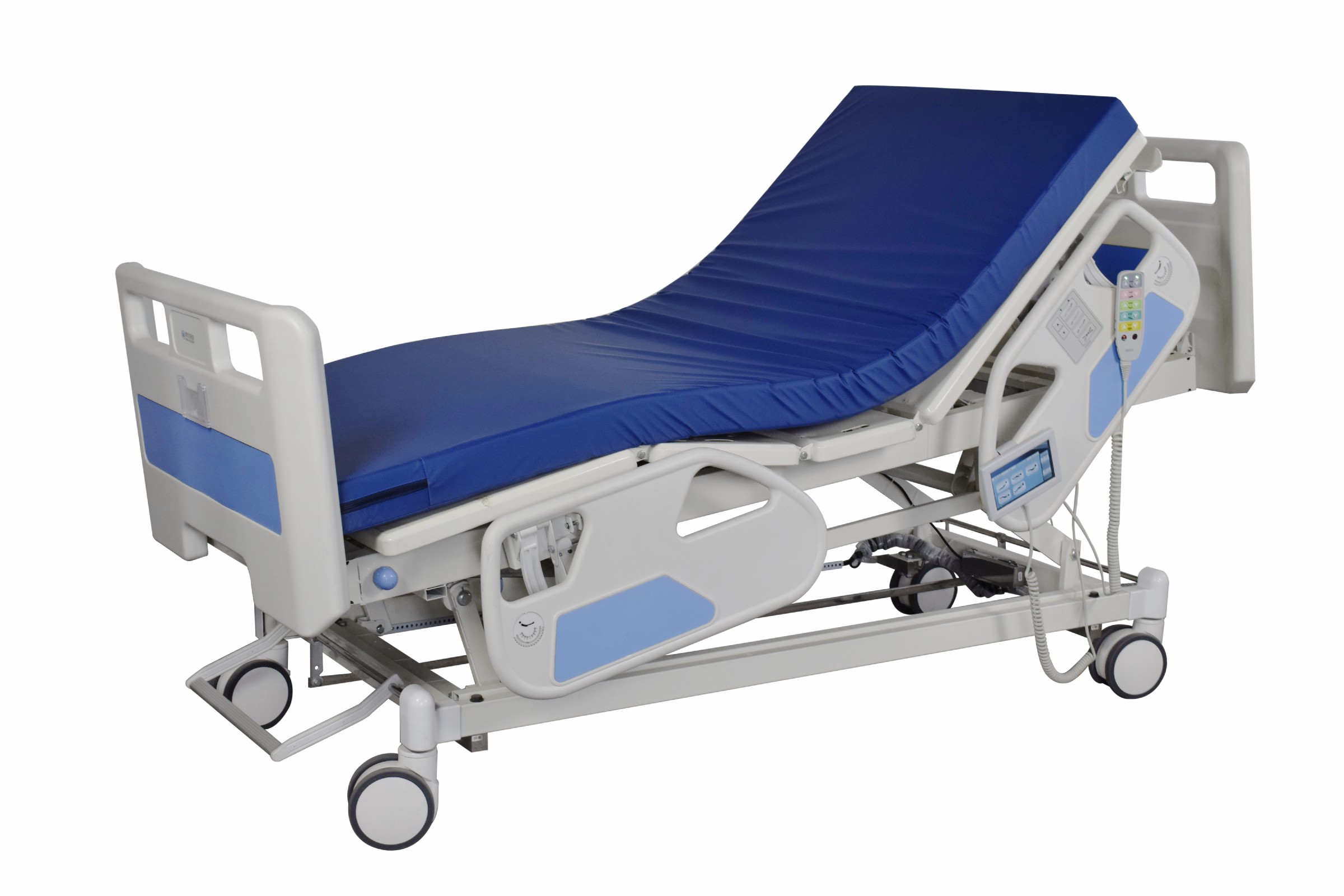Welcome to our websites!
Multifunctional Electric ICU Bed with Five Key Features for Enhanced Patient Care
The Five Essential Functions of Electric ICU Beds
In modern healthcare, particularly in intensive care units (ICUs), the quality of patient care heavily relies on advanced medical equipment. One of the most critical components in this setting is the electric ICU bed. These beds are specially designed to accommodate the complex needs of critically ill patients. Below, we delve into the five essential functions of electric ICU beds that significantly enhance patient care and support medical staff.
1. Adjustable Positioning
One of the primary features of electric ICU beds is their ability to adjust to various positions, including head tilt and leg elevation. This adjustability is crucial for optimizing patient comfort, facilitating easier breathing, and improving circulation. Clinicians can position the bed according to therapeutic needs without the physical strain associated with manual adjustments. This feature minimizes discomfort for patients and enhances their recovery process.
Many electric ICU beds come equipped with integrated weighing scales. This function allows for continuous weight monitoring without the need to move the patient to a separate scale, which is particularly important for critically ill patients whose weight can fluctuate rapidly due to fluid retention or loss. Continuous weighing aids in more accurate medication dosing, fluid management, and overall assessment of the patient's health status.
3. Safety Features
five function electric icu bed

Patient safety is paramount in the ICU environment. Electric ICU beds are designed with various safety features, such as side rails that can be easily raised or lowered. These side rails prevent patients from falling, especially those who may be disoriented or prone to movement. Additionally, many models come equipped with locking mechanisms to ensure the bed remains stable and secure during medical procedures.
4. Ease of Mobility
Electric ICU beds are typically designed on wheels, allowing for easy maneuverability within the clinical setting. This mobility is critical during emergencies or when transferring patients to different areas for procedures or examinations. Furthermore, many beds feature a trendelenburg and reverse trendelenburg position, aiding in specific medical treatments and enhancing patient care dynamics.
5. User-Friendly Control Systems
The user-friendly control systems of electric ICU beds make it easier for nurses and medical staff to manipulate settings intuitively and efficiently. This functionality allows healthcare providers to focus more on patient care rather than struggling with complex equipment. Many beds now offer remote control options or touchscreen interfaces that enhance usability while reducing the time spent on adjustments.
In conclusion, electric ICU beds are indispensable tools in modern healthcare settings. Their five essential functions—adjustable positioning, integrated weighing scale, safety features, ease of mobility, and user-friendly control systems—significantly contribute to improved patient outcomes and enhanced quality of care in critical situations. As technology continues to advance, these beds will only become more sophisticated, further supporting healthcare professionals in their mission to provide exemplary care.
-
Transforming Healthcare with Hospital FurnitureNewsJun.24,2025
-
Rehabilitation EquipmentNewsJun.24,2025
-
Mobility and Independence with WheelchairsNewsJun.24,2025
-
Freedom of Mobility with Our Rollator WalkersNewsJun.24,2025
-
Comfort and Independence with Commode ChairsNewsJun.24,2025
-
Bathing Safety and Independence with Shower ChairsNewsJun.24,2025
-
Navigating the Wholesale Landscape of Electric Mobility Solutions: Key Considerations for Power Wheelchair DealersNewsJun.10,2025


